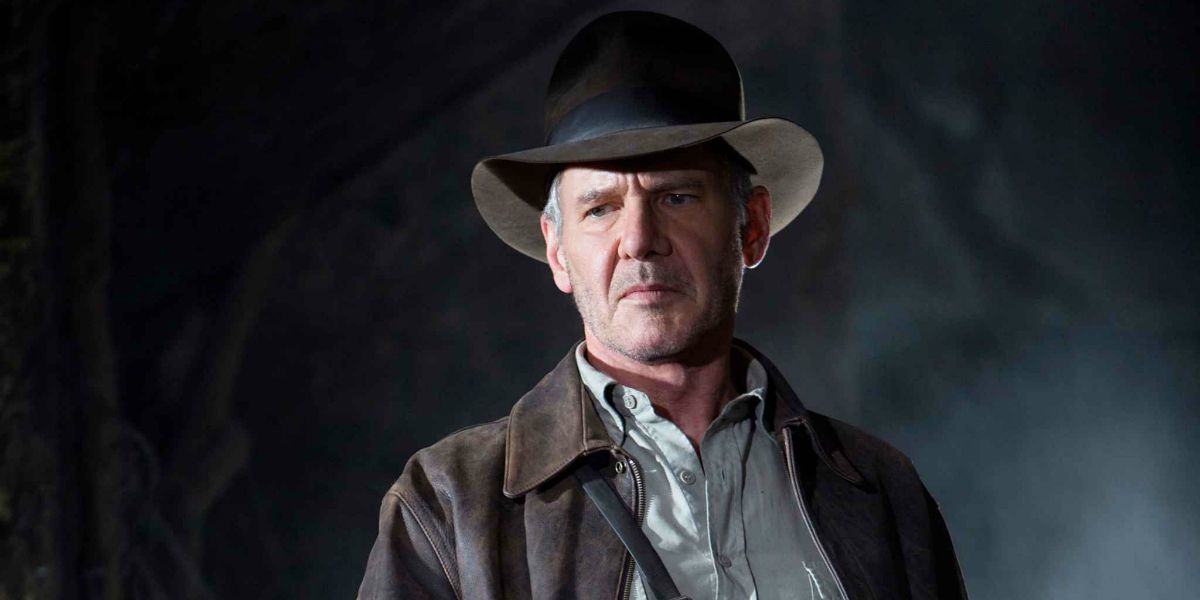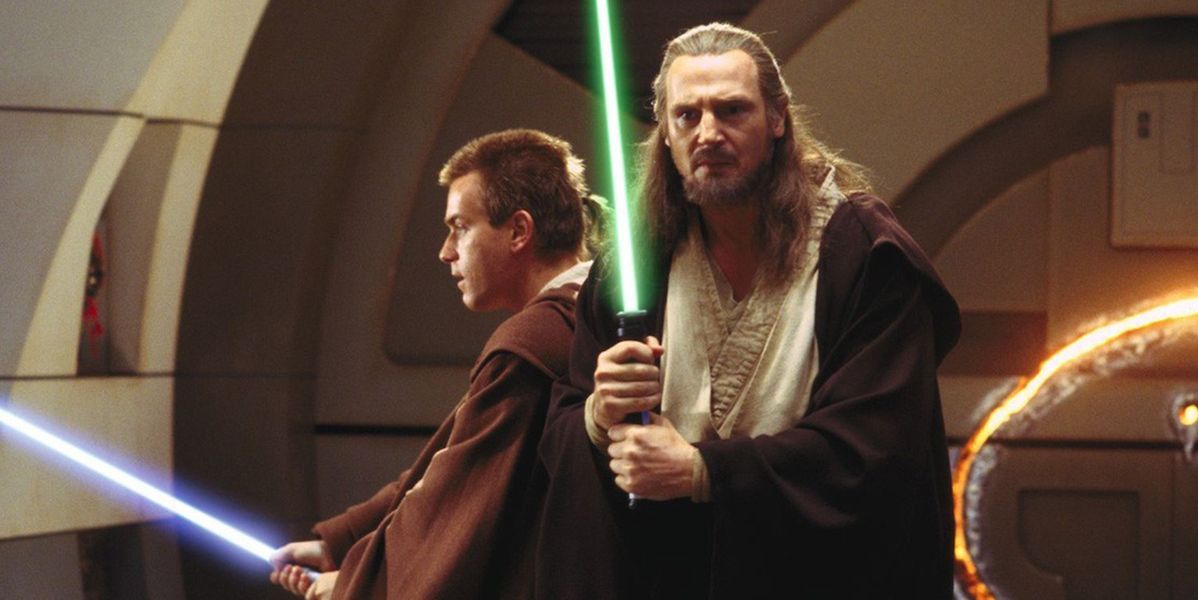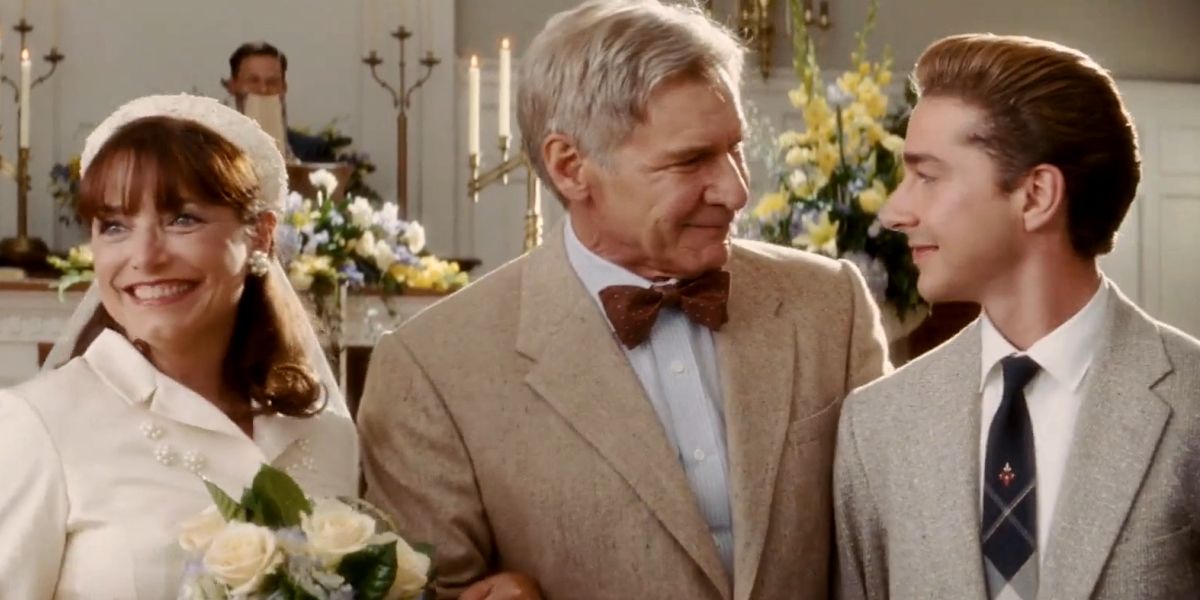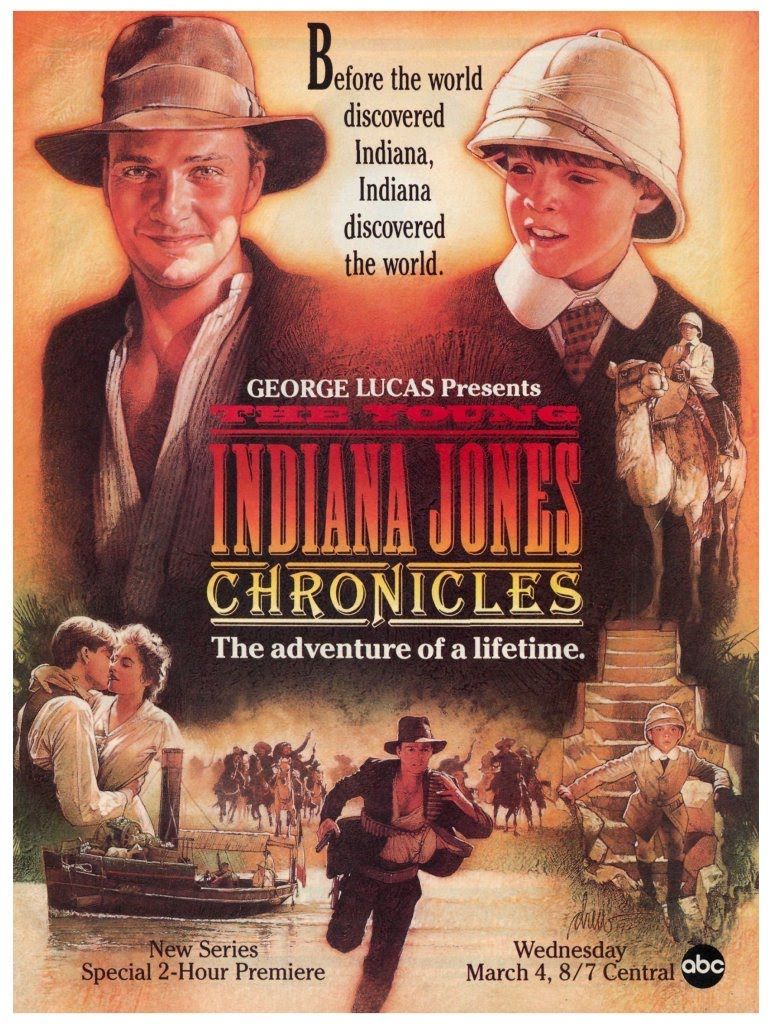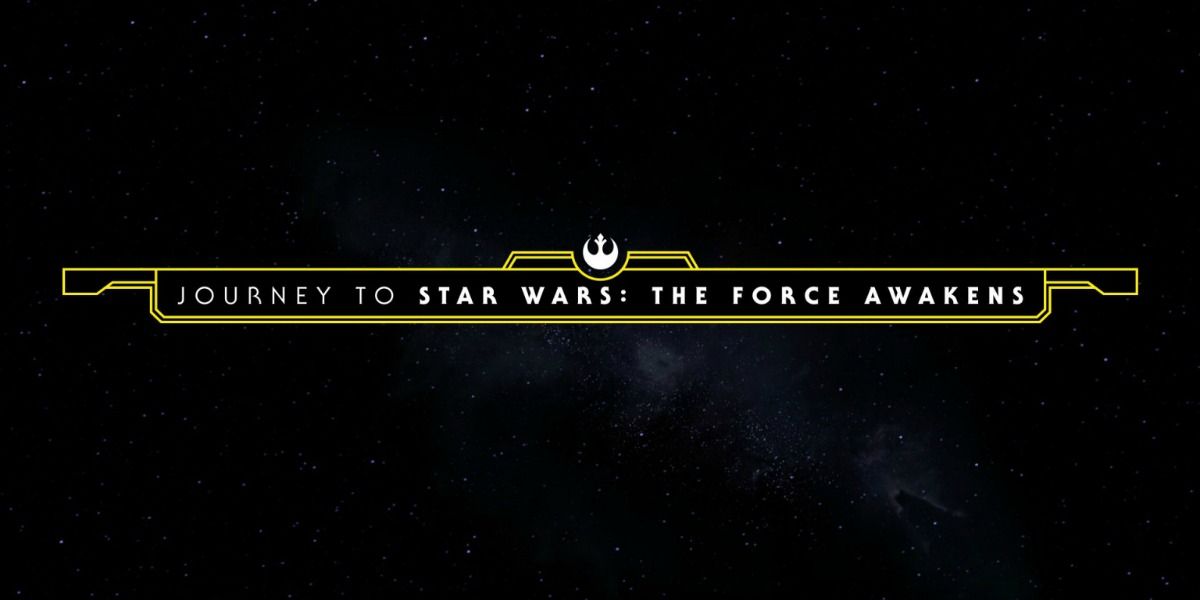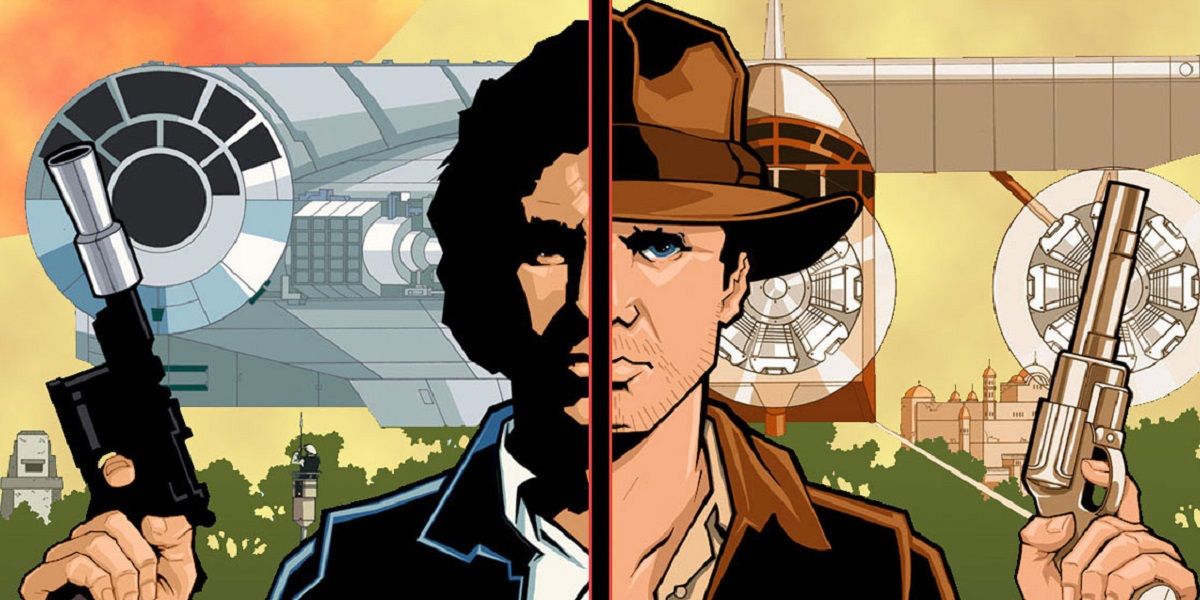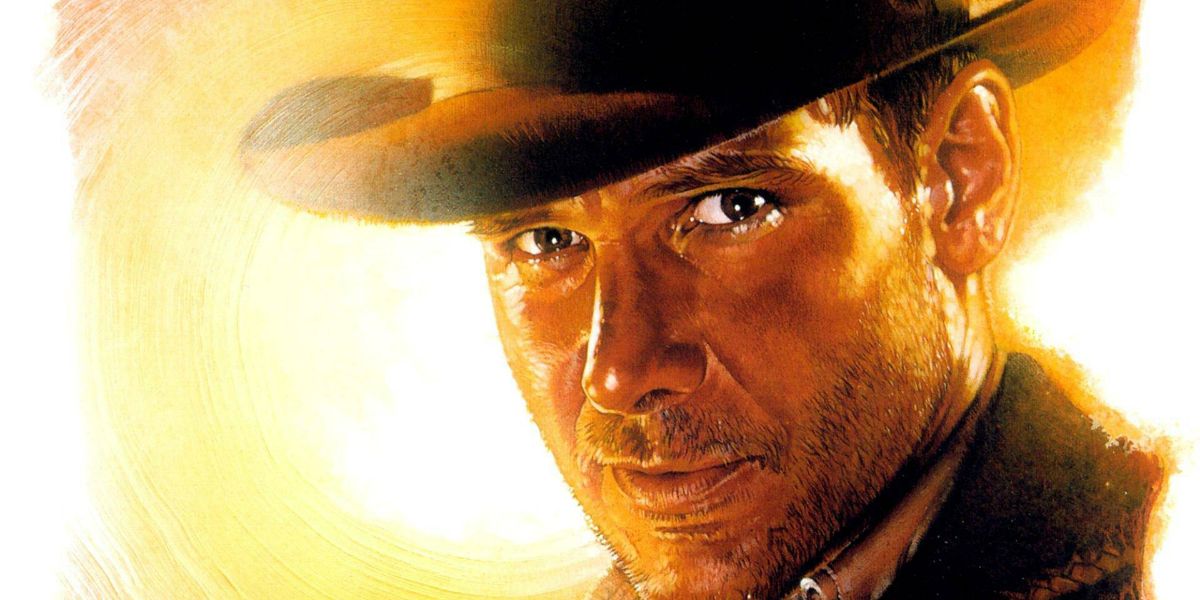Following this week’s bombshell announcement that Indiana Jones 5 will be arriving in theaters in 2019, there is much follow-up to sort through. How will The Walt Disney Company handle Lucasfilm’s other big-name property, especially given that George Lucas – the creator, producer, and main driving force behind the franchise’s narrative – will have no part to play in the upcoming sequel?
As it turns out, last year’s Star Wars: Episode VII – The Force Awakens – which also was conceived and executed without any artistic input from Lucas – offers more than its fair share of potential clues. Not only does Disney's approach to reinvigorating the Star Wars franchise provide a blueprint for how the studio could do the same with Indiana Jones, the overwhelming box office success of Star Wars: The Force Awakens makes it all the more likely that Disney will implement those creative tactics again. With that in mind, here's what Star Wars: The Force Awakens could tell us about Indiana Jones 5.
The soft reboot approach
Both the Star Wars and Indiana Jones franchises, which were birthed in the late 1970s and early ‘80s, were marred in fandom circles by modern-day continuations (the Star Wars prequel trilogy was released from 1999 to 2005, while Indiana Jones and the Kingdom of the Crystal Skull bowed in 2008), and given that Disney chose to confront this reality by essentially making The Force Awakens a reset back to the property’s original ’77 incarnation, from its setting to its production sensibilities, it’s a safe bet to assume that this is precisely the tack the studio will take with Indiana Jones as well.
This is both a far easier and far more difficult arrangement to make with Indiana Jones 5, however. On the one hand, much of the original crew is back on board – Steven Spielberg will be handling directorial duties for the fifth time, and producing partners Frank Marshall and Kathleen Kennedy (who has since taken over control of Lucasfilm) will once again oversee the production. When taken in conjunction with the fact that Harrison Ford is returning as the eponymous adventurer, maintaining the original set of films’ tone and overall energy won’t be too difficult (and certainly less so than it was for Episode VII producer Kennedy and director/co-writer J.J. Abrams to do with the Star Wars brand).
On the other hand, however, there is a whole slew of narrative elements that Indiana Jones and the Kingdom of the Crystal Skull introduced that will only prove to be complications for any rebooting efforts. Dr. Henry Jones, Jr. is now a married man, having finally settled down in his old(er) age with the original love of his life, Marion Ravenwood/Williams (Karen Allen). He has an adult son, Mutt Williams (really Henry Jones III, and played by Shia LaBeouf), who may or may not be Indy’s replacement on the archaeological trail by this point in time. And, perhaps most problematic, the setting has been moved inexorably forward from the ‘30s to the ‘50s, exchanging its supernatural-hunting Nazi villains for flying saucers and Soviet antagonists.
While it’s possible that Kathleen Kennedy and her filmmaking team can simply play a card that they all did with an earlier Indiana Jones installment – the third movie, Indiana Jones and the Last Crusade, blanketly ignored all the previous mythology and pressed on with a new adventure in a new location and with a new love interest – we now live in a narrative-drenched culture, one that has grown to not only expect, but actively demand continuity from all the various properties that exist across all the various media that surround us. This would be the weaker way out of this particular storytelling quagmire, and it could possibly sabotage Disney’s new efforts. The other strategy employed by earlier Indiana Jones movies is similarly off the table: doing a prequel, such as Temple of Doom, is a non-starter, due to Harrison Ford’s age.
Fortunately for the new Lucasfilm, there’s a (perhaps) more viable option - the one pioneered by the Star Wars sequel trilogy. The Force Awakens was able to dispel much of what was thought to be established canon from 1983’s Episode VI: Return of the Jedi – General Leia Organa (Carrie Fisher) and Han Solo’s (Harrison Ford, of course) relationship has ended, even with the presence of a post-film child, and even though the Galactic Empire had crumbled not long after Jedi’s climax, it was quickly replaced by a leaner, meaner, and more ideologically cruel organization, the First Order. There is little doubt that much of the same can be done here, saying that Marion either left Dr. Jones or passed away (the resolution the filmmakers chose for another holdover character, Henry Jones, Sr., when actor Sean Connery expressed no interest in returning for Crystal Skull), taking Mutt with her.
The cinematic universe approach
There is another potential lesson to be learned from Star Wars: Episode VII, and it involves capitalizing on Indiana Jones’s pre-existing – though admittedly inchoate – multimedia presence.
The only real George Lucas-supervised foray into non-film territory came in the form of the Young Indiana Jones Chronicles television series, which aired sporadically from 1992 ‘til ’96. Now, however, that shared cinematic universes are all the rage – and now that sister company Marvel has pioneered the simultaneous-film-and-television format in the form of Agents of S.H.I.E.L.D. – the possibility of a second, more sustained, and more integrated small-screen enterprise has never been stronger. Given that Kingdom of the Crystal Skull contained references to Young Indiana Jones, that particular doorway has already been opened (even if only tentatively), and given the challenges involved with resetting the narrative status quo, a new television series might be the best way to go.
Of course, if Disney wanted to play it a bit more safely – albeit not reach anywhere near the same number of audience members – it could take care of all this retconning not on the small screen, but in the form of a series of novels, comic books, short stories, and videogames. Unlike Star Wars, Indiana Jones has never had its own proper Expanded Universe, and a new film under a new creative mandate would mark just the occasion to get the multimedia ball rolling. The new Lucasfilm has already proven that it’s willing to take chances with its expanded empires – it unceremoniously dumped all 23 years of the previous SW EU to start a fresh, new-user-friendly iteration that directly tied into the upcoming slate of movies.
This is where the Force Awakens model really starts to come into play. That film was stripped of all but the most basic of exposition, saving its 30-year backstory for the “Journey to The Force Awakens” publishing program, which saw the release of five novels, one comic miniseries, five short stories, and two videogames that delved rather deeply into the socio-political underpinnings of the story. This, in fact, may end up becoming the standard way for all the big Hollywood studios to approach all of their biggest-name properties.
Passing the Torch
Perhaps Disney doesn’t want to scrub away Indiana Jones’s character development to launch a whole new series of sequels. Maybe, in fact, the studio wants to hasten the character arc’s completion to end Henry Jones, Jr.’s story.
In addition to resetting its franchise, Episode VII also carried out the sequel aspect of its duties by passing the torch on to a new cadre of characters: protagonists Rey (Daisy Ridley), Finn (John Boyega), and Poe Dameron (Oscar Isaac), and antagonists Kylo Ren (Adam Driver) and Supreme Leader Snoke (Andy Serkis), setting them up not only for the two subsequent installments in the trilogy, but also potentially for their own individual spinoff films. It’s entirely possible – and in fact quite likely, given the fact that Ford will be 77 by the time Indiana Jones 5 arrives in theaters – that the same narrative device will be employed here, with Indiana formally handing over his fedora and whip to his successor (who may or may not be a rehabilitated and repackaged Mutt), who could then go on to star in his own series of follow-ups for the next 40 years.
This is, by far, the most logical of all storytelling possibilities for the company, allowing it to have its franchise cake and eat it, too – the long-term, die-hard Indiana Jones fans come back in 2019 for Ford’s last big hurrah, but then end up sticking around for all future follow-ups, since they've already been introduced to the newer, younger archaeologist adventurer and have become invested in his (or her) story. Given that Kingdom of the Crystal Skull, for all its fan vitriol, has already established that the series can outlive its Nazi origins, the sky truly is the limit here; in fact, depending upon how Disney plays its cards and how many new characters are introduced in the fifth film, the company can get the Indiana Jones franchise on a routine, if not necessarily annual, release schedule, just as it’s done with the now-clockwork Star Wars movies and television shows.
-
[WARNING: Major Star Wars: The Force Awakens SPOILER ahead.]
-
Of course, if Walt Disney really wanted to steal a play from the Force Awakens book – and to shake up the Indiana Jones franchise as thoroughly as possible – it could do to Indiana Jones what the other high-profile sequel did to Han Solo: kill him off. It would prove to be the most surefire way to get people talking, to sell movie tickets, and to make the fanbase accept the new face of the franchise.
Do you think Lucasfilm and Disney will use the same tactics for Indiana Jones 5 that were used to revive the Star Wars franchise? Should the events of Kingdom of the Crystal Skull be retconned out of existence? And should Harrison Ford hand over the iconic hat to a new star? Let us know what you think in the comments.
Indiana Jones 5 will open in U.S. theaters on July 19th, 2019.

